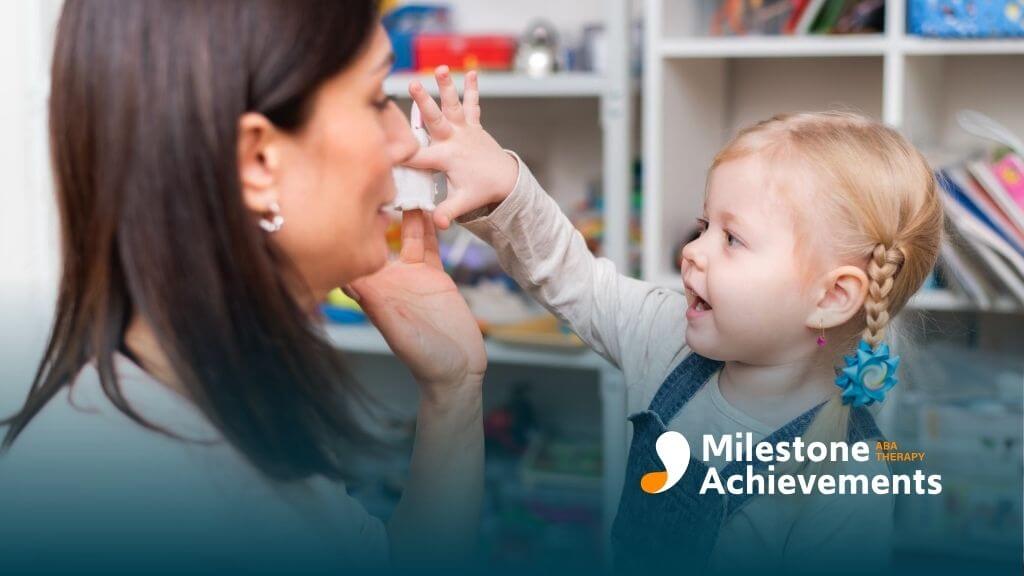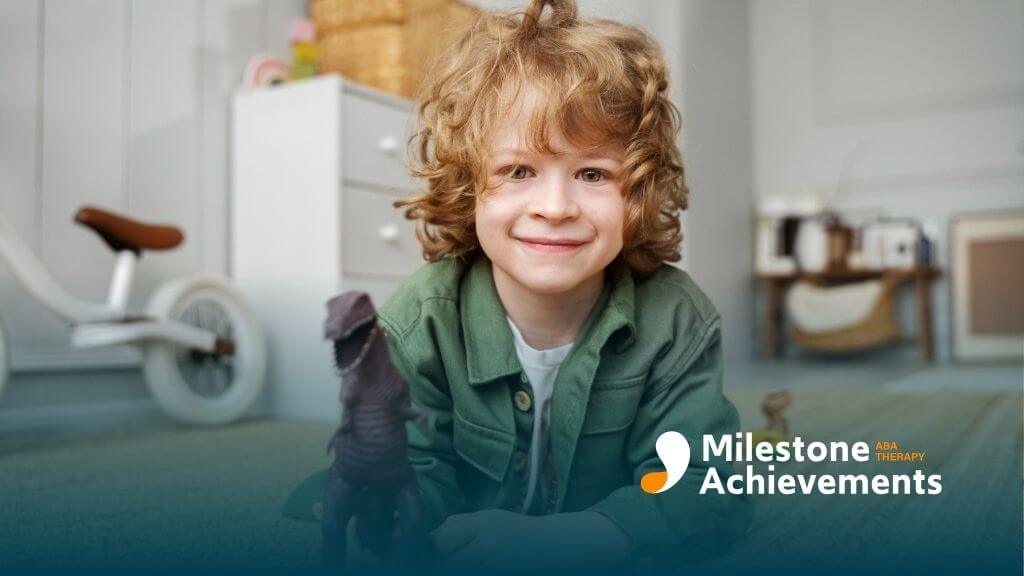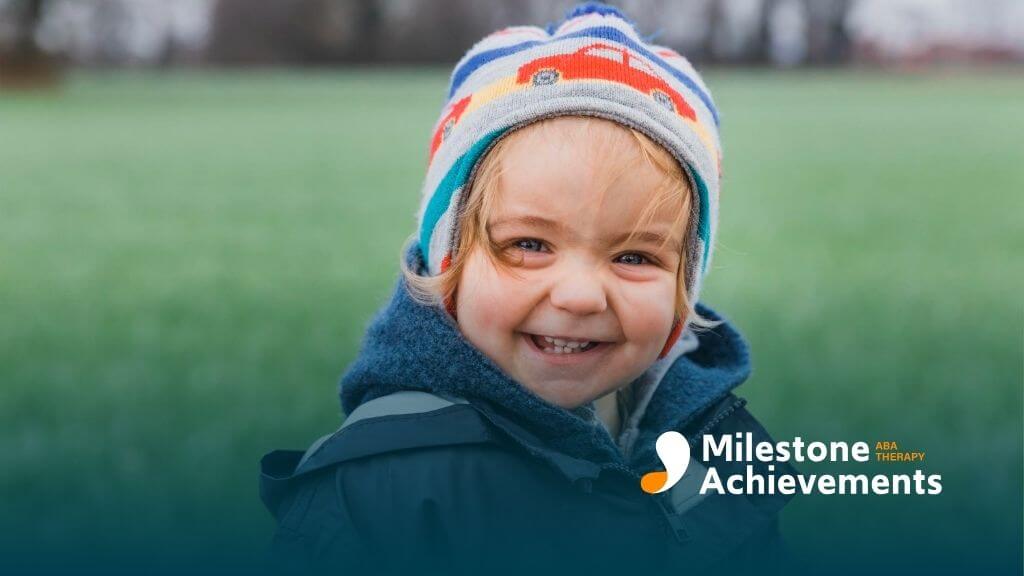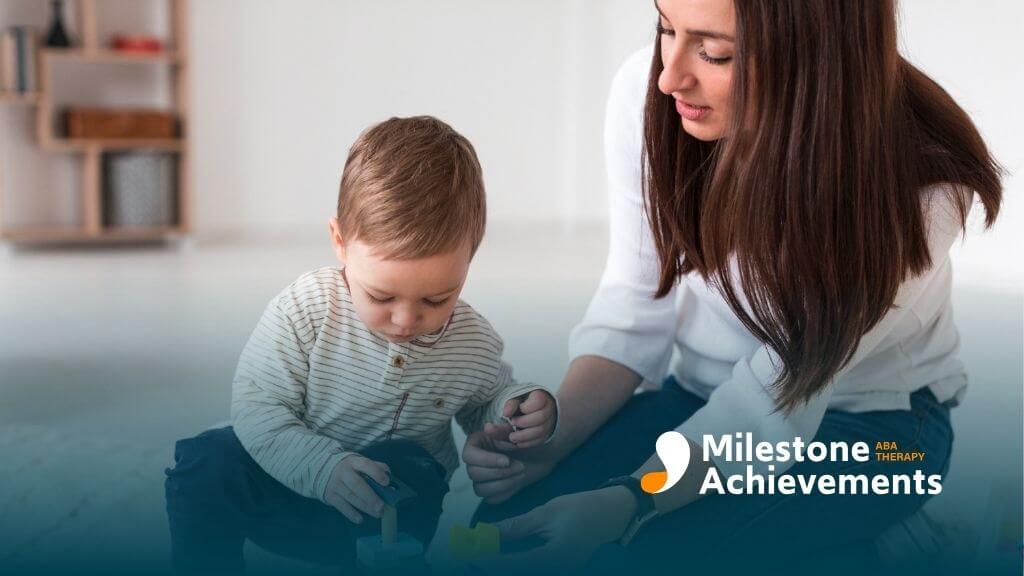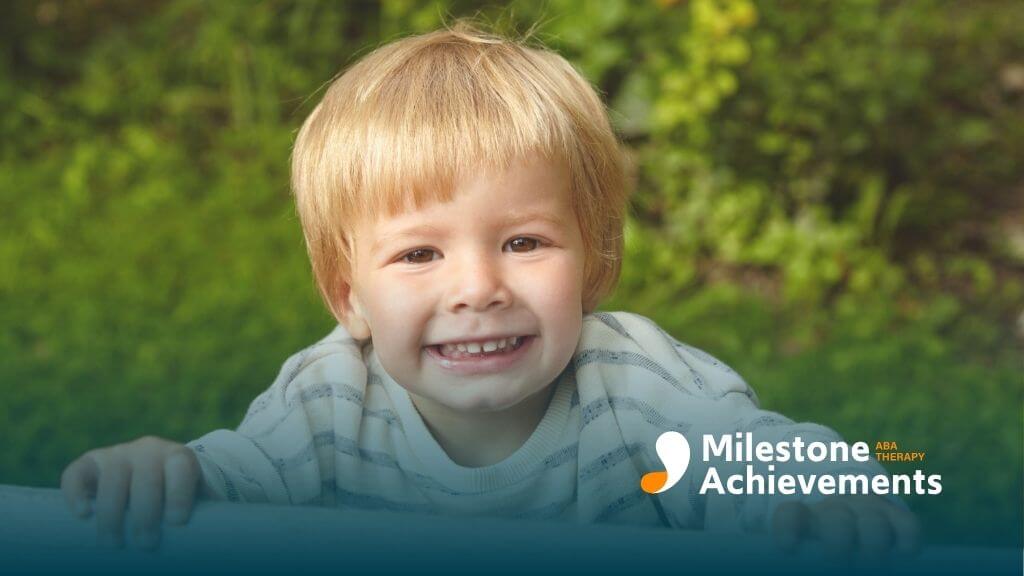
Understanding Facial Cues and Autism in Children
Autism facial expressions may appear different — but with the right support, every child can learn to connect and communicate. Explore the signs in our blog.
Every child shows emotions in their own special way — through smiles, eye contact, and little facial reactions. But if your child’s facial expressions seem different or less expressive, you might start to wonder if it could be a sign of autism.
While there’s no single “autistic face,” some children on the autism spectrum do show certain facial or social expression patterns that can hint at developmental differences.
Understanding Facial Expressions in Autism
Facial expressions are one of the first ways kids learn to communicate. A smile, a frown, or a surprised look helps others understand what they’re feeling — even before they can talk.
Children with autism may experience challenges in reading, understanding, or using facial expressions. They might not always make eye contact, mirror emotions, or show their feelings in expected ways. This doesn’t mean they don’t feel emotions — it simply means they express them differently.
Common Facial Signs of Autism
Here are a few facial or visual cues that sometimes appear in children with autism spectrum disorder (ASD):
- Limited eye contact – They might look away or avoid direct eye contact, especially during social interactions.
- Flat or neutral expression – Their face may appear calm or “blank” even when they’re happy, excited, or upset.
- Delayed facial responses – Smiling or reacting to emotions might take longer or seem out of sync with the situation.
- Unusual facial movements – Repetitive or exaggerated expressions may happen, especially when they’re anxious or excited.
- Difficulty recognizing others’ expressions – They may not easily notice when someone is sad, angry, or amused.
It’s important to remember that no single facial behavior confirms autism. These signs should be viewed along with other developmental clues — such as language delays, repetitive behaviors, or social challenges.
If you’ve noticed facial or social differences in your child, it’s a good idea to talk with a developmental specialist. Early screening and therapy can help children improve social awareness and communication skills.
At Milestone Achievements, we provide personalized ABA therapy in Georgia designed to help children with autism strengthen emotional understanding, expression, and confidence — all through fun, play-based learning.
We believe every child has a bright future ahead. If you’re concerned about facial or social signs of autism, reach out today. Let’s take the first step together toward helping your child connect and thrive.
Contact Milestone Achievements for compassionate ABA therapy that supports your child’s growth — one smile at a time.
Sources:
- https://www.psychiatry.org/patients-families/autism/what-is-autism-spectrum-disorder
- https://www.cbsnews.com/pictures/is-it-autism-facial-features-that-show-disorder/
- https://pmc.ncbi.nlm.nih.gov/articles/PMC8773918/
- https://psychcentral.com/autism/autism-facial-features
- https://www.cdc.gov/autism/signs-symptoms/index.html
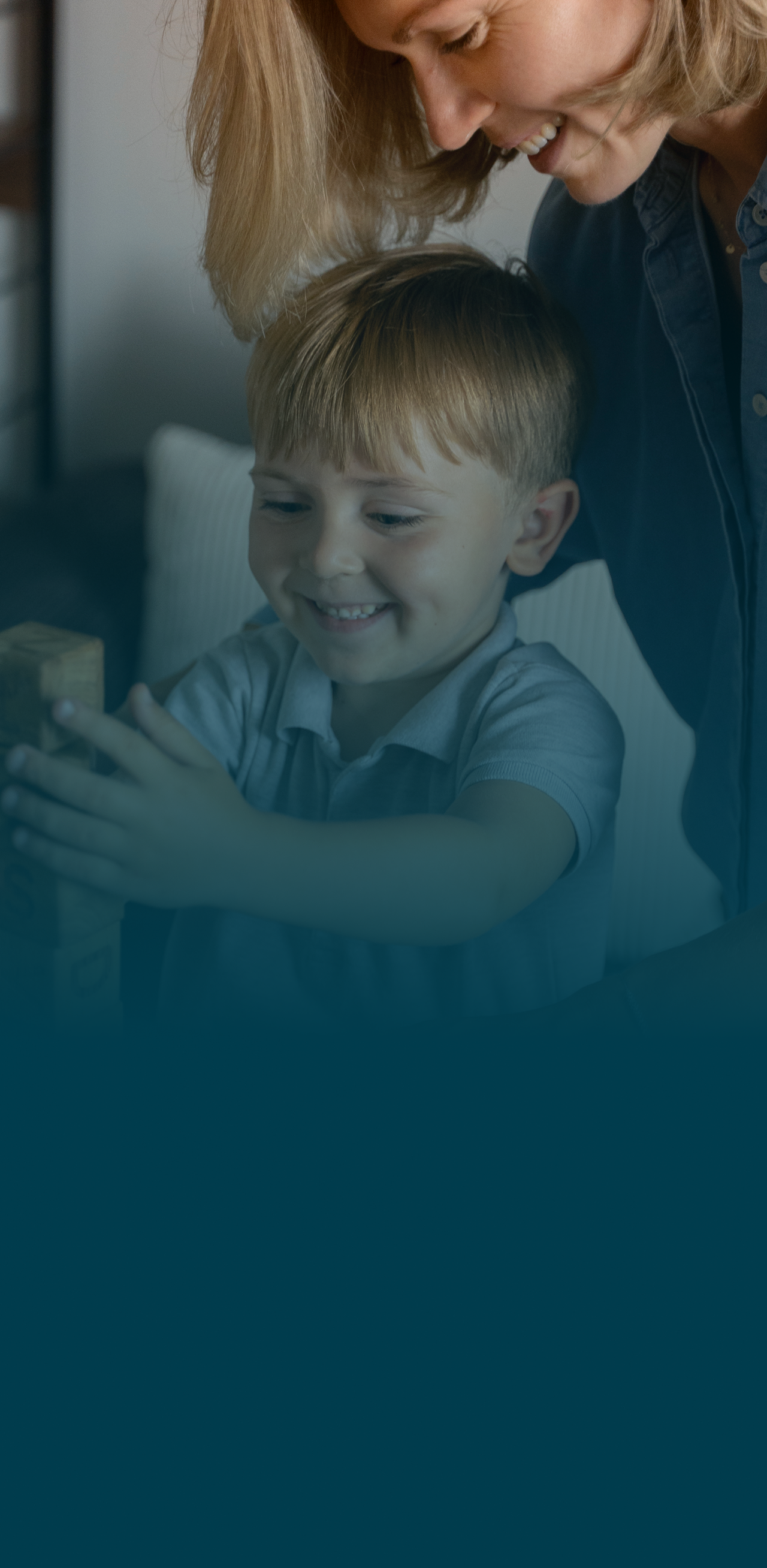

Partner with us on your child's journey
Milestone Achievements offers evidence-based ABA therapy to help children with autism reach their full potential. Together we’ll set meaningful goals and celebrate progress every step of the way.
Start ABA Services TodayFrequently Asked Questions (FAQs)
Can facial signs alone confirm autism?
No. Facial signs can be one clue, but autism is diagnosed through a full developmental evaluation.
What other behaviors may appear with facial signs of autism?
You might also notice delayed speech, repetitive behaviors, or difficulty with social interaction.
What are common facial differences seen in children with autism?
These can include limited eye contact, flat expressions, or delayed emotional responses — but they vary widely from child to child.

